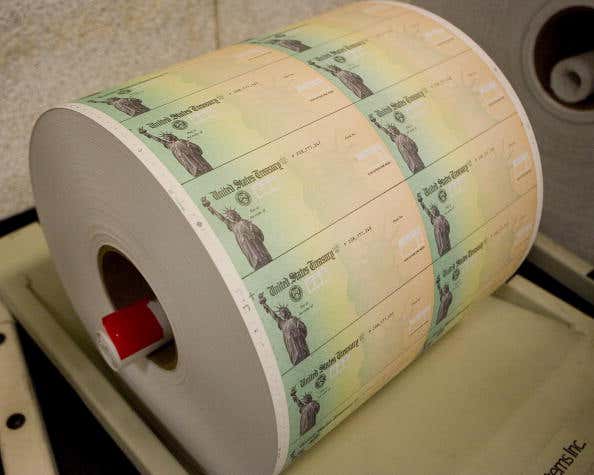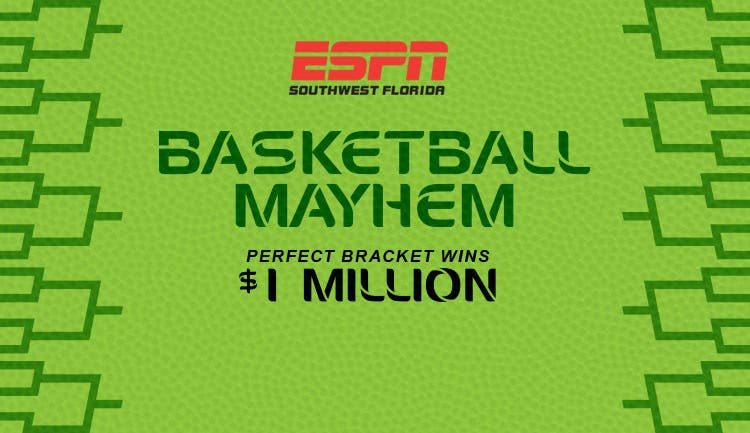
Last week, the first of the direct deposited stimulus checks began appearing in peoples’ bank accounts (although the process wasn't without its issues). In theory, the checks would be direct deposited into the accounts of those who were eligible if the IRS had your direct deposit information from past years.
For those who didn’t provide banking information to the IRS, they can use the IRS website to update their info. Unfortunately, according to Forbes, if you used a tax preparation service, your info didn't make it to the IRS, because the tax preparer usually provides their own temporary banking account information.
So, if you're eligible for a refund and you're waiting for a check, it may take a while. The Washington Post reports that the lowest-income Americans will get the first checks. Here is how the schedule breaks down:
- Earning $10,000 or less - April 24
- Earning $20,000 or less - May 1
- Earning $30,000 or less - May 8
- Earning $40,000 or less - May 15
- Earning $50,000 or less - May 22
- Earning $60,000 or less - May 29
- Earning $70,000 or less - June 5
- Earning $80,000 or less - June 12
- Earning $90,000 or less - June 19
- Earning $100,000 or less - June 26
- Earning $110,000 or less - July 3
The schedule continues at this same rate, increasing to those earning $10,000 more each week. This continues until the final checks, to joint taxpayers who earn $200,000 or less, on September 4th.





